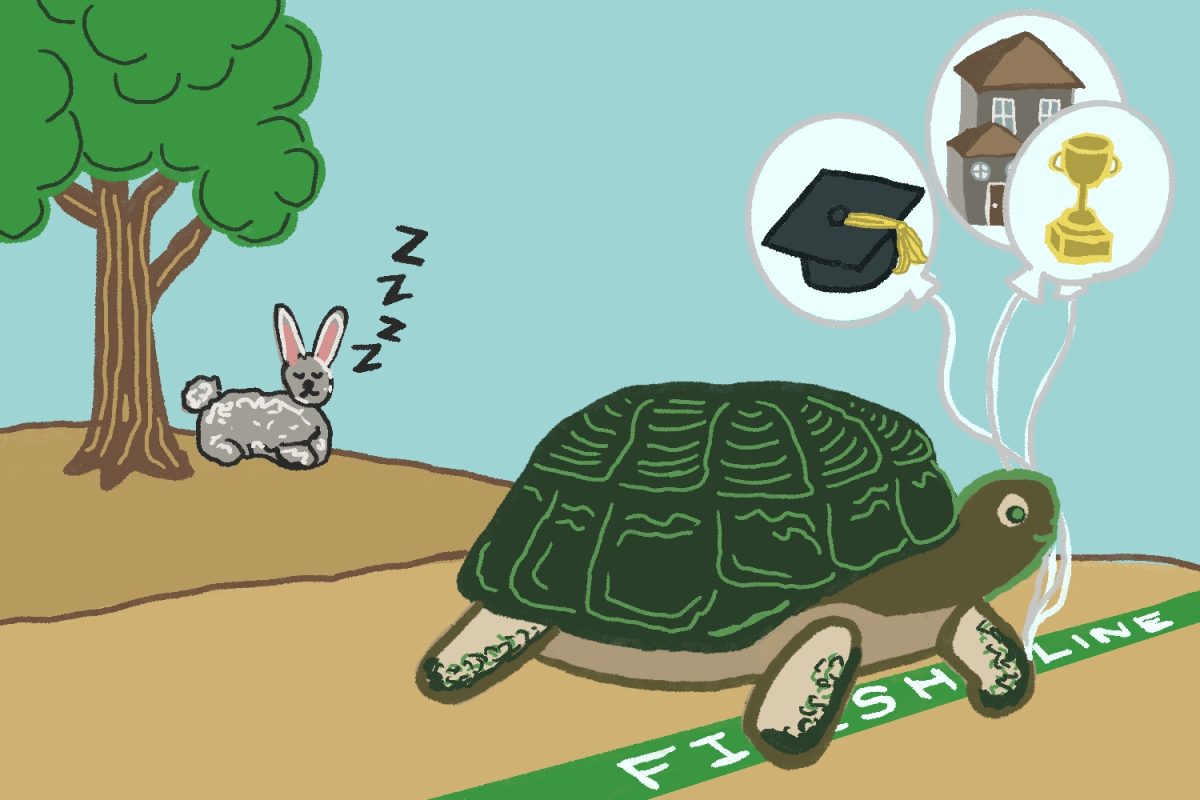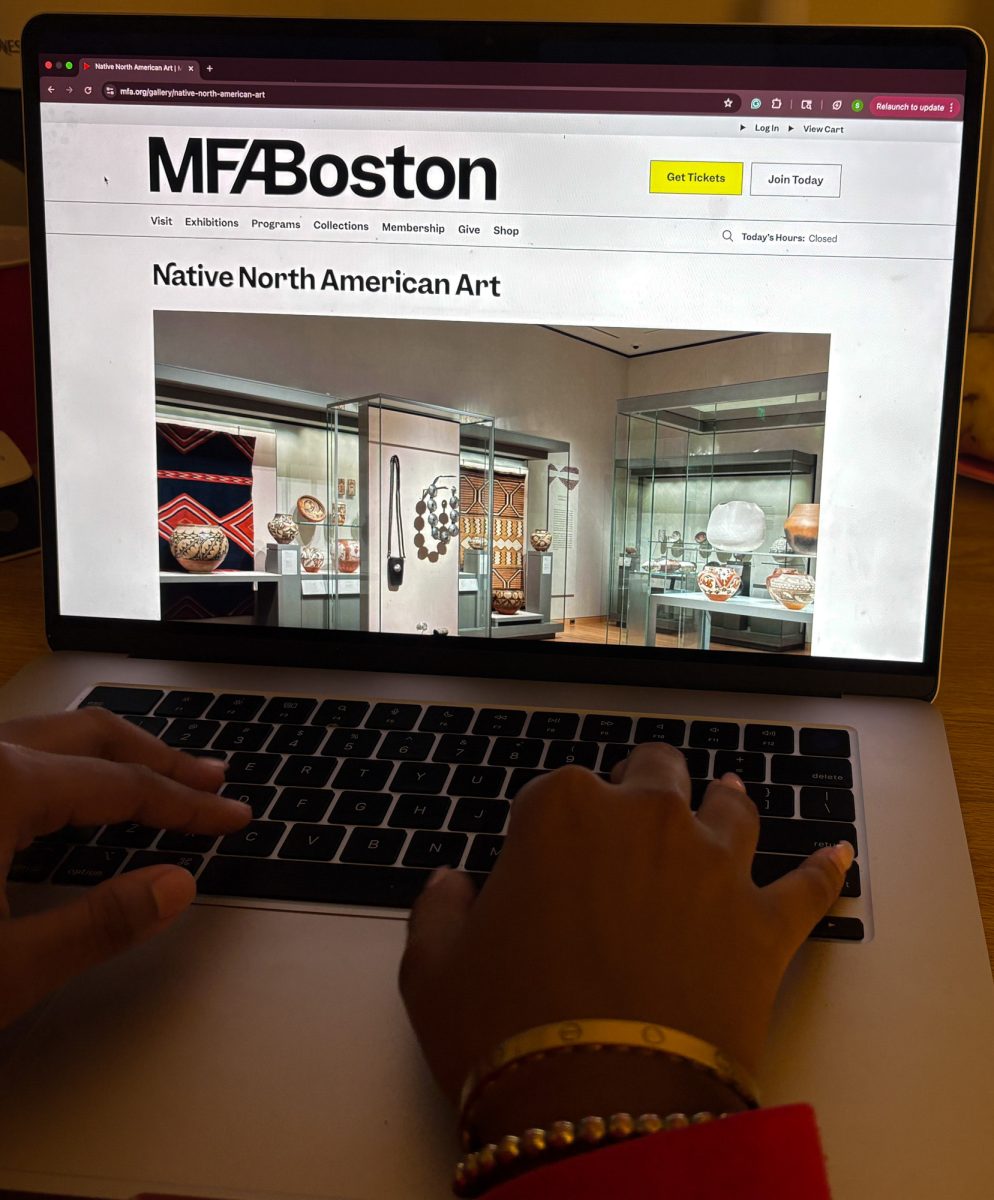56 percent of a group of Boston University freshmen and sophomores randomly chosen last semester stated in a poll that they believe in waiting until marriage to have sex.15 percent said they believe “they are wasting their youth if they don’t have sex,” reported Teri Aronowitz, Ph.D. and Nurse Practitioner at Boston University’s Student Health Services.
Last spring, Aronowitz, along with a team of research assistants, began constructing a picture of the hook up culture at Boston University.
Aronowitz set up a survey and polled 237 students about subjects ranging from how often they drink alcohol to how often they frequent fraternities, Sarah Merriman, a College of Arts and Sciences junior and a research assistant in this study, said.
In addition to an online survey, some students participated in focus groups, sharing information about their behaviors and attitudes to help Aronowitz and her team “more fully understand the social norms around sexual attitudes and behaviors on our campus so as to work with students to promote sexual health,” Aronowitz said in an email.
The idea for studying why and under what conditions students interact in a sexual manner arose when the Sexual Violence Taskforce at BU noted a rising trend in cases of sexual assault. Aronowitz and her research team recognized the importance of understanding under what conditions sexual assault occurs in order to construct an effective plan for fighting assault.
Defining a “hook-up” proved to be as difficult a task as finding that special someone to lock lips with under the dark lighting and blaring noise of a frat house.
“Hooking-up,” Zach Schwartz, a sophomore in the College of Fine Arts and the College of Arts and Sciences, said, “can denote anything from kissing to sexual intercourse. Its basic definition revolves around two individuals physically engaging in romantic exploits.”
“Anywhere between making out and not sex,” Robin Schweitzer, a sophomore in the College of Arts and Sciences, said. “Sex would be in a different category, I think.”
The ambiguity about what hooking up is creates confusion about what consent is, Merriman said.
Non-consensual sexual actions qualify as sexual assault.
The Boston University Police Department website defines sexual assault and rape as “crimes of violence and control, using sex acts as a weapon,” and states that “Rape and sexual assault are not sexually motivated acts; rather, they stem from aggression, rage, sexism, and the determination to exercise power over someone else.”
At BU, from 2006 to 2008, the number of reported sexual offense rose from six to 14.
BUPD’s statistics show only on one occasion in that three year period was an off campus report of sexual assault filed.
Unwanted flirtation is a fixture of most large parties, especially those at which alcohol is involved. Those signals you have with your friends that free you from undesirable conversation might not be needed if the party lacked the keg or boxed wine.
“We have been told through our research that [alcohol] makes it easier to engage in sexual behavior,” Merriman said.
Drinking can exacerbate the already confusing signals males and females are getting from each other, Merriman said.
In Aronowitz’s survey, it was found that students were unsure how far their partners wanted to go when hooking up, and were even unsure of what they felt comfortable doing and what their limits were, Merriman said.
“There is certainly differences between how males and females interpret cues related to sexual behavior,” Aronowitz said. “A common theme is ambiguity in regard to hook-ups. For females the conflict is between having fun versus having a relationship. For males the conflict is between their perceptions of two types of girls: one to have sex with versus one to date.”
Merriman elaborated on the gender differences.
“I would say that the confusion is stronger on the male end, as to cues from women,” Merriman said.
Men receive certain social cues from women in certain situations. This strong correlation between situation and behavior means that a woman may show a man signs that she is interested while only acting in accordance with what is expected of her in the situation.
For example, the pounding music at large parties almost requires a girl to dance, and when she dances (maybe aided by a drink or two), it will likely be in the flirtatious style of her peers. A girl may dance with a boy she’s not interested in simply because she would prefer not to be dancing alone.
Ladies can feel confused too.
“Women aren’t sure how far a man wants to go, and what he’s looking for,” Merriman said.
So both sexes are confused about what the other is thinking.
“Who has the upper hand in a social situation?” Aronowitz’s survey asked. This question prompted the answer with the largest gender divide.
The answers were near-unanimous within each sex. Overwhelmingly, men said women had the upper hand, and women said men did, Merriman said.
The sexes showed how they stereotyped each gender role with their answers. Men said women were able to be choosy about who they responded to. Women perceived men as having an advantage because males traditionally initiate contact, said Merriman.
Merriman was inspired to join Aronowitz’s research team when she learned that BU was experiencing an increase in instances of sexual assault.
“There was a pretty steep incline, last year, in reports of sexual crime on campus,” Merriman said.
“We are obviously trying to reduce that by putting together an intervention program,” Merriman said. “This seemed like a good way to do some good.”
Merriman is doing said “good” by working with Aronowitz and her team to eradicate the rape myth attitude on campus.
Merriman defined the rape myth attitude as “widely held attitudes that serve to deny and justify male sexual aggression against women.”
She clarified that this idea was a way for men to falsely justify unwanted sexual attention by claiming that the woman dressed in a way that suggested she wanted the attention, or that she had an attitude that conveyed the same message.
Merriman brought up the bystander effect as a factor that enables the rape myth attitude to linger.
The bystander effect is defined by Psychology.about.com as “the phenomenon in which the greater the number of people present, the less likely people are to help a person in distress.”
Aronowitz’s team is working on a plan to eliminate this effect on campus.
People should encourage their friends to speak up, Merriman said. “It’s similar to “see something, say something.'”
Merriman advised that both genders should be aware of their limits, and be unwilling to compromise on that.


















































































































